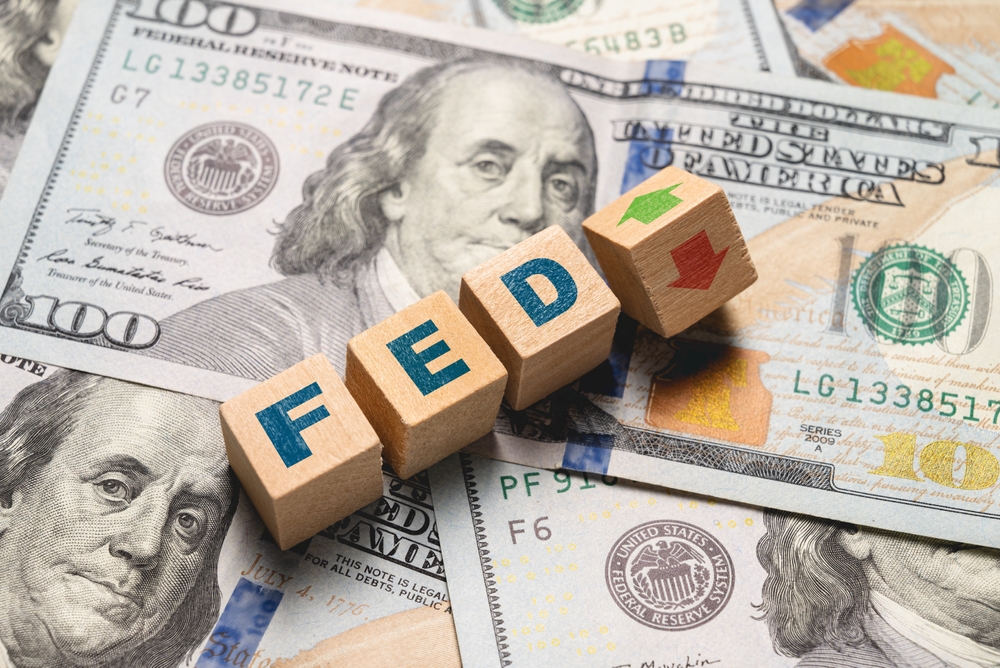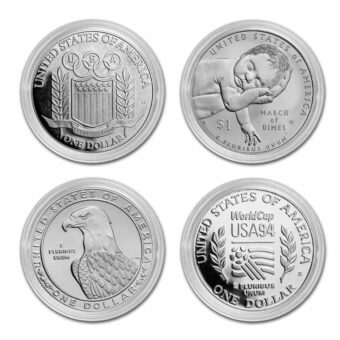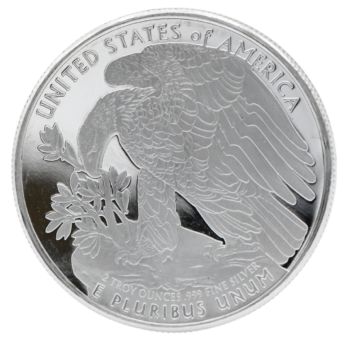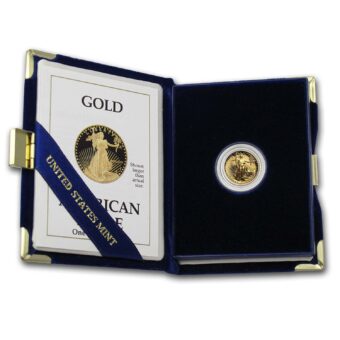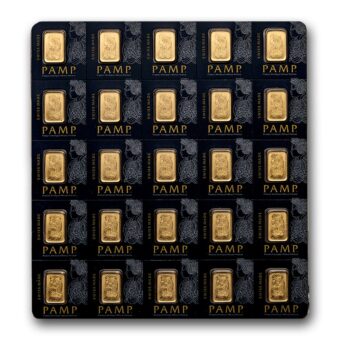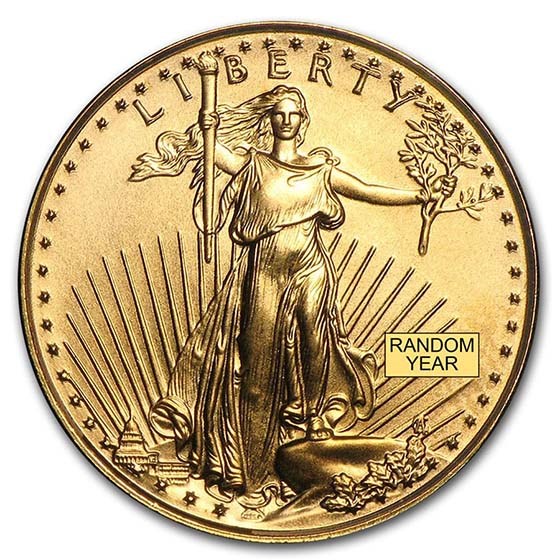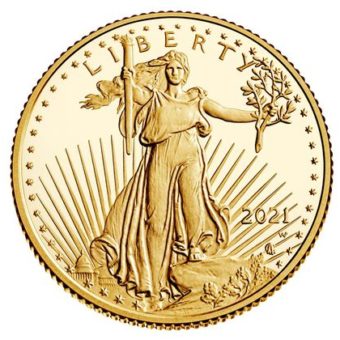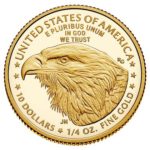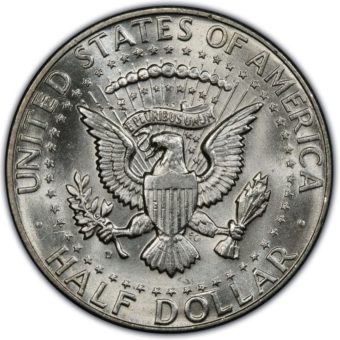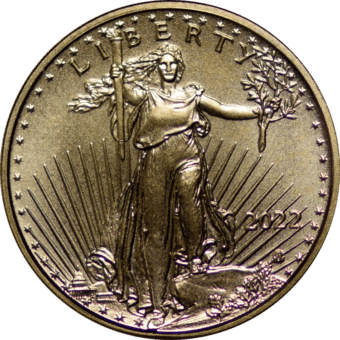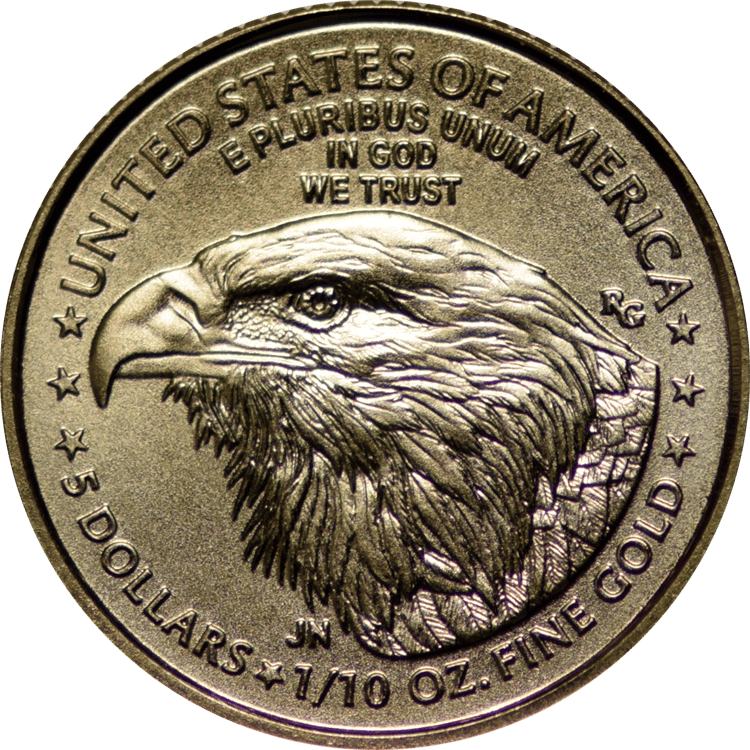As inflation metrics moderate and economic signals remain mixed, the dialogue around monetary policy intensifies. This week’s developments offer clarity in some areas while reinforcing caution in others. With both consumer and producer price indexes cooling, markets are hopeful—but far from conclusive—about the future direction of interest rates. Meanwhile, upcoming Fed commentary and housing data will be closely tracked for further insight.
Weekly Market Recap: Gold and Silver Ride Shifting Sentiment
Monday – 5.12.25:
Gold and silver prices dropped sharply midday as broader market sentiment improved following a notable breakthrough in U.S.-China trade discussions. June gold slid $113.20 to $3,230.60, while July silver fell $0.259 to $32.655. Short-term profit-taking and futures liquidation added pressure. The tariff truce—spanning 90 days—was perceived as a constructive step in global economic diplomacy.
Tuesday – 5.13.25:
Precious metals rebounded on Tuesday, buoyed by a weaker U.S. dollar and rising oil prices. June gold rose $31.40 to $3,259.20, and July silver gained $0.521 to reach $33.145. April’s CPI data showed a year-over-year increase of 2.3%, modestly lower than March, and consistent core inflation at 2.8%. These figures support the notion of potential monetary easing later this year.
Wednesday – 5.14.25:
Wednesday saw another sharp decline in metals as gold dropped $60.90 to $3,187.00 and silver slid $0.675 to $32.425. Renewed optimism in equities and reduced short-term inflation anxiety led to profit-taking and lighter trading volume in the metals market. Focus shifted toward Thursday’s PPI release for further inflationary cues.
Thursday – 5.15.25:
Markets opened Thursday with subdued movement. June gold edged down $2.90 to $3,185.40, while July silver declined $0.119 to $32.325. Broader economic sentiment remained cautious amid ambiguous U.S. trade strategies and ongoing negotiations with key Asian partners. Commentary noted a prevailing sense of market indecision.
Friday – 5.16.25:
Ending the week, gold and silver saw renewed selling pressure. June gold fell $59.80 to $3,166.80, and July silver slipped $0.58 to $32.10. Markets responded to improved global risk sentiment and sideways trading patterns. Despite diplomatic progress, caution remains due to inflation warnings and the Fed’s tempered stance on rate adjustments.
Gold Holds Firm on Soft Producer Price Data
The Big Picture
Gold regained footing as April’s producer price index registered a surprising decline. The data provides fresh justification for potential rate adjustments in the months ahead—an environment historically favorable for tangible assets.
What’s Happening
Wholesale prices dropped 0.5% in April, the largest monthly decline in over a year, contradicting expectations of a 0.2% increase. Core PPI also declined by 0.4%. These figures indicate softening cost pressures upstream, which may temper the urgency for further rate hikes. Spot gold reacted positively, climbing 0.19% to $3,182.
By the Numbers
- Headline PPI (April): –0.5% (vs. +0.2% expected)
- Core PPI (April): –0.4% (vs. +0.1% expected)
- 12-month PPI: +2.4% YoY
- Spot gold: $3,182/oz, +0.19% on the day
The Bottom Line
April’s weaker producer pricing aligns with the case for monetary easing, enhancing the long-term appeal of gold as a foundational asset.
Dimon Cautions: Tariff Pause Doesn’t Erase Risk
The Big Picture
JPMorgan CEO Jamie Dimon emphasized that despite progress in global trade negotiations, the economic backdrop remains fragile. Lingering uncertainty continues to weigh on business confidence.
What’s Happening
Speaking with Bloomberg, Dimon acknowledged the reduced risk of a near-term recession, though he maintained a guarded outlook. High tariffs persist despite the 90-day pause, complicating corporate planning and delaying capital deployment.
By the Numbers
- Recession risk: “Still elevated, but below 50%”
- Tariff freeze: 90-day pause on several trade fronts
- Investment: Softened due to policy ambiguity
The Bottom Line
While not predicting a downturn, Dimon’s remarks highlight how structural policy uncertainty can stifle economic activity—even amid easing geopolitical tensions.
China’s Gold Surge May Taper as Trade Worries Subside
The Big Picture
April saw a significant surge in China’s gold market amid global uncertainties, but that momentum may ease as conditions normalize. Despite this, demand fundamentals remain intact.
What’s Happening
Chinese gold prices reached multi-year highs, driven by ETF inflows, rising futures activity, and ongoing central bank buying. Yet, import volumes remained soft, and early May indicators suggest the initial rush may be fading alongside reduced geopolitical anxiety.
By the Numbers
- ETF inflows (April): $6.8B
- ETF holdings: 203 tonnes
- PBoC reserves: 2,295 tonnes (+2.2t in April)
- March imports: 46t vs. 183t YoY
- SHAUPM: Best April in 19 years
The Bottom Line
China’s recent gold rally demonstrates resilient demand in times of stress. However, as markets recalibrate, the path forward may be steadier but no less supportive for physical ownership.
Inflation Cools Further—But Outlook Remains Mixed
The Big Picture
Consumer inflation came in lower than expected for April, offering potential relief. Yet, structural cost pressures and future tariffs keep the broader outlook complex.
What’s Happening
April’s CPI increased by 0.2%, in line with forecasts. The annual rate dropped to 2.3%, the lowest since early 2021. Core inflation rose by 2.8%. Shelter was the dominant contributor, while food prices showed mixed signals. Pending tariff effects are likely to emerge in coming months.
By the Numbers
- Headline CPI: +0.2% MoM / +2.3% YoY
- Core CPI: +0.2% MoM / +2.8% YoY
- Shelter: +0.3% MoM
- Egg prices: –12.7% MoM / +49.3% YoY
- Real earnings: Flat MoM, +1.4% YoY
The Bottom Line
April’s data reflects short-term price stability, but with policy shifts and external pressures on the horizon, rate trajectory remains uncertain.
Looking Ahead: Economic Calendar May 19 – May 23, 2025
Monday, May 19
- 8:45 AM ET: Fed’s John Williams speaks
- 10:00 AM ET: Leading Economic Indicators (April)
Tuesday, May 20
- 9:00 AM ET: Richmond Fed’s Tom Barkin speaks
Wednesday, May 21
- No scheduled events
Thursday, May 22
- 8:30 AM ET: Initial Jobless Claims
- 9:45 AM ET: S&P Global Flash Services and Manufacturing PMI
- 10:00 AM ET: Existing Home Sales (April)
- 2:00 PM ET: Williams speaks again
Friday, May 23
- 10:00 AM ET: New Home Sales (April)
Precious Metals: Impacts and Insights
Federal Reserve Speeches (May 19, 20, 22)
The words of central bankers—especially those with a vote on policy—carry significant weight. This week, two scheduled addresses from New York Fed President John Williams and one from Richmond Fed President Tom Barkin could shape market interpretations of the Fed’s next move. If the tone leans dovish, favoring lower rates or signaling concern over growth, it could reaffirm gold’s appeal as a non-yielding store of value. Conversely, any hawkish rhetoric suggesting higher-for-longer rates may apply downward pressure on metals by strengthening the dollar and boosting yields. Watch for any mention of inflation expectations, labor market resilience, or global headwinds, all of which can subtly shift sentiment in precious metals markets.
Leading Economic Indicators (May 19)
This composite index, aggregating ten forward-looking metrics—from manufacturing orders to consumer expectations—serves as a directional compass for the U.S. economy. A weaker-than-expected reading would reinforce concerns about a potential slowdown, prompting more market participants to seek out hedges like gold and silver. These metals traditionally perform well in environments where future growth appears uncertain and central banks may be compelled to adopt accommodative stances. On the other hand, an uptick in the index could suggest resilience and economic momentum, potentially dampening enthusiasm for safe-haven allocations in favor of risk-oriented assets.
Labor Market Data – Initial Jobless Claims (May 22)
Weekly jobless claims provide a near-real-time gauge of labor market health. An increase in claims typically points to rising unemployment, signaling economic fragility. For physical gold and silver, this often serves as a tailwind, as weaker labor trends bolster the case for policy easing and diminish confidence in equities. Conversely, a consistent or falling trend in claims indicates labor market strength—supportive of continued policy tightening or delayed rate cuts. Such conditions may temper demand for metals in the short term, as higher yields and stronger economic indicators draw capital elsewhere.
Flash PMIs – Services and Manufacturing (May 22)
The S&P Global Flash PMIs offer a snapshot of business activity in two of the economy’s core sectors. Slowing expansion or outright contraction in either services or manufacturing often triggers concerns about broader economic deceleration. This backdrop is typically favorable for gold and silver, as market participants look for protective allocations amidst uncertainty. If both PMIs surprise to the upside, however, it may bolster confidence in continued growth, potentially strengthening the dollar and equities at the expense of precious metals. Particular attention should be paid to supply chain comments and pricing pressures, as these can impact inflation expectations and, by extension, Fed policy trajectories.
Housing Market Reports – Existing (May 22) & New Home Sales (May 23)
Housing data reflects not just consumer sentiment but also credit conditions and inflation sensitivity. A slowdown in either existing or new home sales can hint at declining affordability or tighter lending standards—signals that often prompt caution among market participants. Gold, in this environment, benefits from the perception of stability and intrinsic value. However, strong housing numbers suggest economic vitality and a potentially firm consumer, which could encourage continued tightening by the Fed and reduce the appeal of non-yielding assets. The nuance lies in the drivers: higher sales due to rate drops can still support metals, while sales strength driven by aggressive credit expansion may do the opposite.
Stay Informed, Stay Grounded
As headlines shift and sentiment sways, holding steady with proven assets becomes even more essential. For deeper insights, historical context, and tools to navigate today’s economy, visit us at Prime Asset Group or call (866) 706-8781. Orders over $5,000 enjoy free shipping and insurance—because safeguarding wealth should be simple, solid, and secure.

